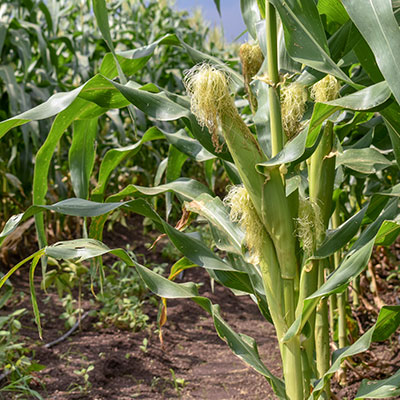Porto Alegre, April 4, 2023 – The USDA planting intentions report confirmed a significant increase in the area to be planted in the United States in this 2023 season. The number is strongly bearish for the new US crop and for the entire world market. From now on, the focus will be purely on the weather for the local crop and the yield bias.
In 2022, the United States reduced corn acreage by nearly 5 mln acres. This area was not absorbed by another crop such as soybeans, for example, which practically kept their area at 87.5 mln acres. So, in 2023, this unplanted area is available for growers to decide whether to resume planting or not.
As we have pointed out in our newsletters, the lows in urea prices have been relevant to rebuild interest in corn planting in a segment that uses strong technology in production. The effect of the reduction in corn production costs motivated growers to improve corn planting from 88.6 to 92 mln acres in this planting intention indicated by USDA.
This area will only be confirmed in the next June 30 report, with the closing of planting. However, we do not believe there will be any different bias, unless the weather does not allow planting within the scheduled window until May 30. In this case, some areas could move to soybeans. For this reason, the climate, from now on, will be the major dominant factor in prices on the CBOT.
April is expected to start with above-normal rainfall across much of the US Midwest and South. The planting starts on April 20 in the Midwest (before that only in Texas). May points to normal rainfall. From now on, planting within the normal window will suggest high yields and pressure on prices for the new crop, from September onward. The forecast for the US Midwest summer is of normal rainfall conditions.
The old-crop contracts on the CBOT, May and July, had support at the end of the week because the quarterly stock report came below the market expectations. The expectation was for 7.48 bln bushels, but USDA brought 7.401 bln. This does not mean that USDA will change its stock position in its April report, it just shows that the pace of demand may be a little higher than expected in its estimates. Quarterly stocks prompted support for the old crop, while the planting intention created a bearish bias for the new crop.
Follow the Safras Agency on our website. Also follow us on our Instagram and Twitter and stay on top of the main agribusiness news!
Copyright 2023 – Grupo CMA

